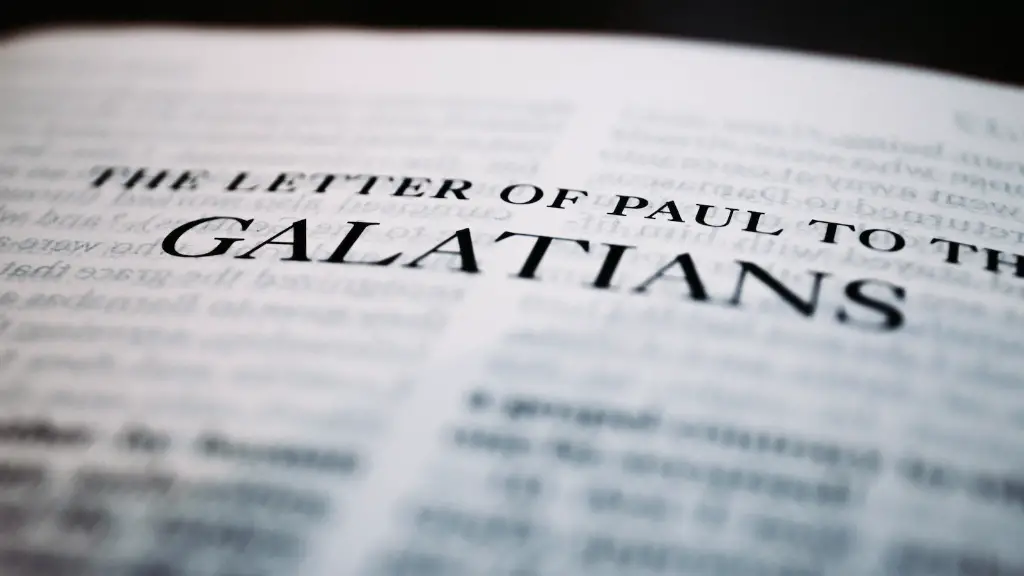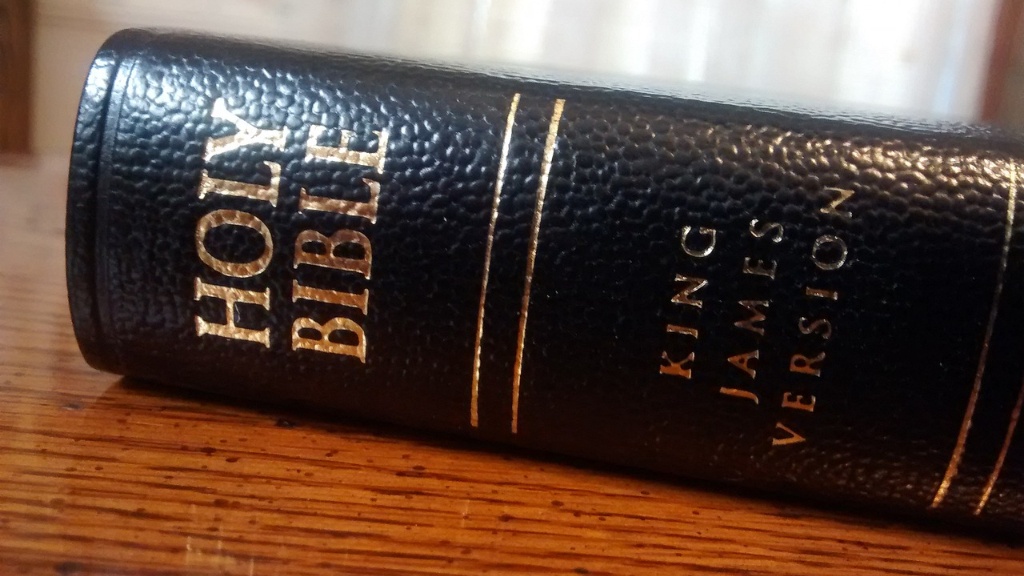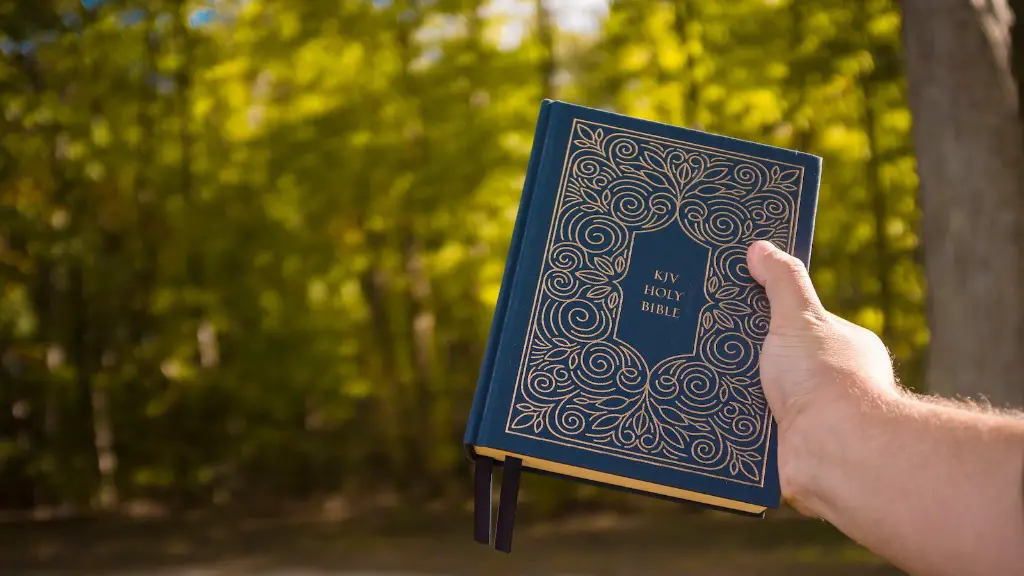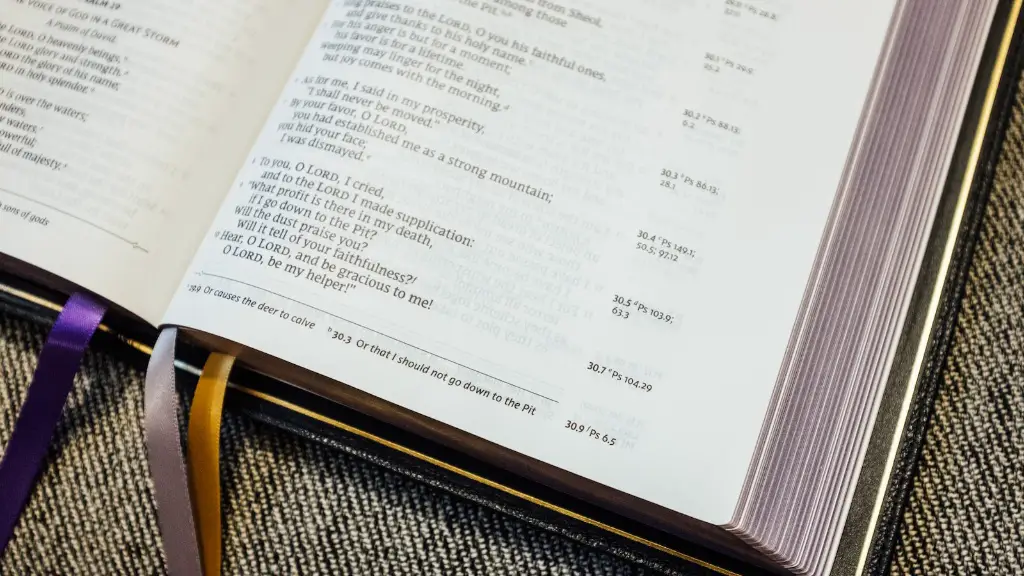Casting lots was a common method of divination in the ancient world. Different cultures used different methods of casting lots, but the basic idea was to use some form of chance to answer a question or solve a problem. The Bible mentions several instances of casting lots, most notably in the book of Jonah, where the soldiers cast lots to see who would be thrown overboard to appease an angry God.
In the Bible, casting lots was often used as a way to make a decision between two options when a clear answer could not be determined. It was seen as a way to allow God to choose the outcome of a situation. To cast lots, people would often use objects with different markings on them, such as sticks or stones. Each person would choose one of these objects, and then the object with the mark that corresponded to the desired outcome would be chosen.
What did casting lots mean?
Casting lots is a method of making a chance decision by using lots (straws or pebbles etc) that are thrown or drawn. This is also known as drawing lots or sortition. This type of conclusion or decision is usually final and cannot be changed.
Lot-casting in the Bible does not meet the criteria for gambling because it does not involve any action being taken, there is no risk of loss, and it is not a zero-sum game.
What does casting lots mean in Acts 1
This view sees the Lord as having sovereignly chosen Matthias to take the place of Judas. In this view, the lot was simply a way of discerning the Lord’s will. It is important to note that this view does not see the lot as having any magical properties. Rather, it is seen as a way of seeking the Lord’s guidance and understanding his will.
A literal reading of Mark and Luke would lead one to presume that the garments were unevenly divided, and that the casting of lots was designed to determine who received the biggest share. However, this is not the only possible interpretation of the text. It is also possible that the division of the garments was done evenly, and that the casting of lots was simply a way to determine who would receive which garment.
Was casting lots a sin?
The Bible does not actually condemn casting lots. In fact, in the Old Testament, the Bible is okay with it. Casting lots was a way of making decisions that was common in Bible times. It was a way of entrusting a decision to God.
There is no explicit mention of gambling in religious scriptures like the Bible. However, many governments operate charity casinos. This could be interpreted as gambling being immoral.
What does it mean to tear your garments?
Kriah is an ancient tradition that refers to the act of tearing one’s clothes or cutting a black ribbon worn on one’s clothes. This rending is a striking expression of grief and anger at the loss of a loved one. When our patriarch Jacob believed his son Joseph was dead, he tore his garments (Genesis 37:34).
The Bible passage describes the soldiers taking Jesus’ clothes and dividing them into four parts, with each soldier getting a part. The coat is mentioned separately, implying that it was a special piece of clothing. This could be significant because the coat would have been the outermost layer of clothing and would have been the most valuable. It could also be significant because the coat would have been the only piece of clothing that would have covered Jesus’ entire body.
What does garments of skin mean in the Bible
The coats of skin in the biblical story of Adam and Eve represent the aprons provided to them by God when they fell from a state of innocent obedience under Him to a state of guilty disobedience. This story teaches us that disobedience has consequences, and that we need to be obedient to God in order to enjoy His blessing and protection.
As different religious groups have different views on gambling, it is hard to make a general statement about all of them. However, many religious groups do encourage their members to avoid gambling, and may fight the introduction of gambling in their communities.
Where in the Bible does it say you can drink?
God does not forbid Christians from drinking alcohol, but He does forbid us from getting drunk. drunkenness is a form of debauchery and is contrary to being filled with the Holy Spirit.
Today, tattooing is a popular practice all over the world. However, in the ancient Middle East, tattooing was viewed as taboo and was forbidden by the Hebrew Bible. Leviticus 19:28 specifically prohibits tattooing, stating that “you shall not make gashes in your flesh for the dead, or incise any marks on yourselves.” This prohibition likely stemmed from the belief that tattooing was associated with paganism and idolatry. Despite the ancient ban on tattooing, the practice has become increasingly popular in modern times.
Why did people in biblical times tear their clothes
The act of tearing one’s clothes is a sign of deep distress and sorrow. For the ancient Israelites, it was a way of expressing their agony over the desecration of the holy place. The holy place was the focus of their life and relationship with God, and the desecration of it was a great blow.
Kriah is an ancient tradition that is still practiced today to show mourning and respect for a lost loved one. It is a way ofexternalizing the grief and sadness that you are feeling on the inside, and allows others to know that you are going through a tough time. While originally people would literally rend their garments, today it is more common to simply wear a black ribbon on the outside of your clothing. Either way, Kriah is a powerful way to honor the memory of a lost loved one.
What are the three types of tears in clothes?
There are three types of tear: straight tear, three-cornered tear and diagonal tear. A straight tear is a type of tear that occurs on a part of the garment that has to with stand strain, such as a seam. It can be reinforced by a strip of material, such as bias tape, basted on the wrong side and held in place by the darning stitches.
Biblical clothing is largely based on the clothes worn in ancient Israel. The most common materials used were wool, linen, and animal skins. Silk was also used, but less often. Most clothing was made to be comfortable and practical, with relatively little emphasis on fashion.
Why did Jesus take off his garments
Jesus knew that the Father had put all things under his power, and that he had come from God and was returning to God. So he got up from the meal, took off his outer clothing, and wrapped a towel around his waist.
A mantle is a type of cloak or cape that is typically made of wool. It can be large or small, thick or fine, and coloured or natural. Men often prefer the undyed types.
Conclusion
Casting lots was done in the Bible by drawing straws or pebbles from a bag or box. The person who drew the short straw or black pebble would be the one who was chosen.
Casting lots was done by taking a bunch of small sticks or stones and placing them into a bag. Then, each person would take a turn reaching into the bag and pulling out a stick. The stick that was pulled out would determine what the person’s fate would be.





